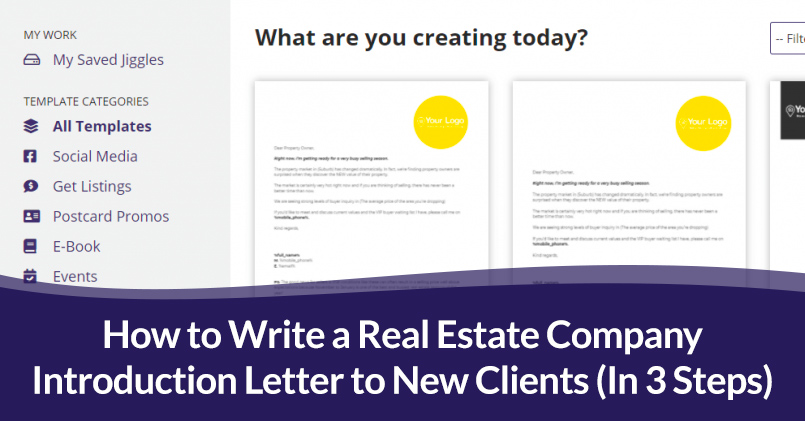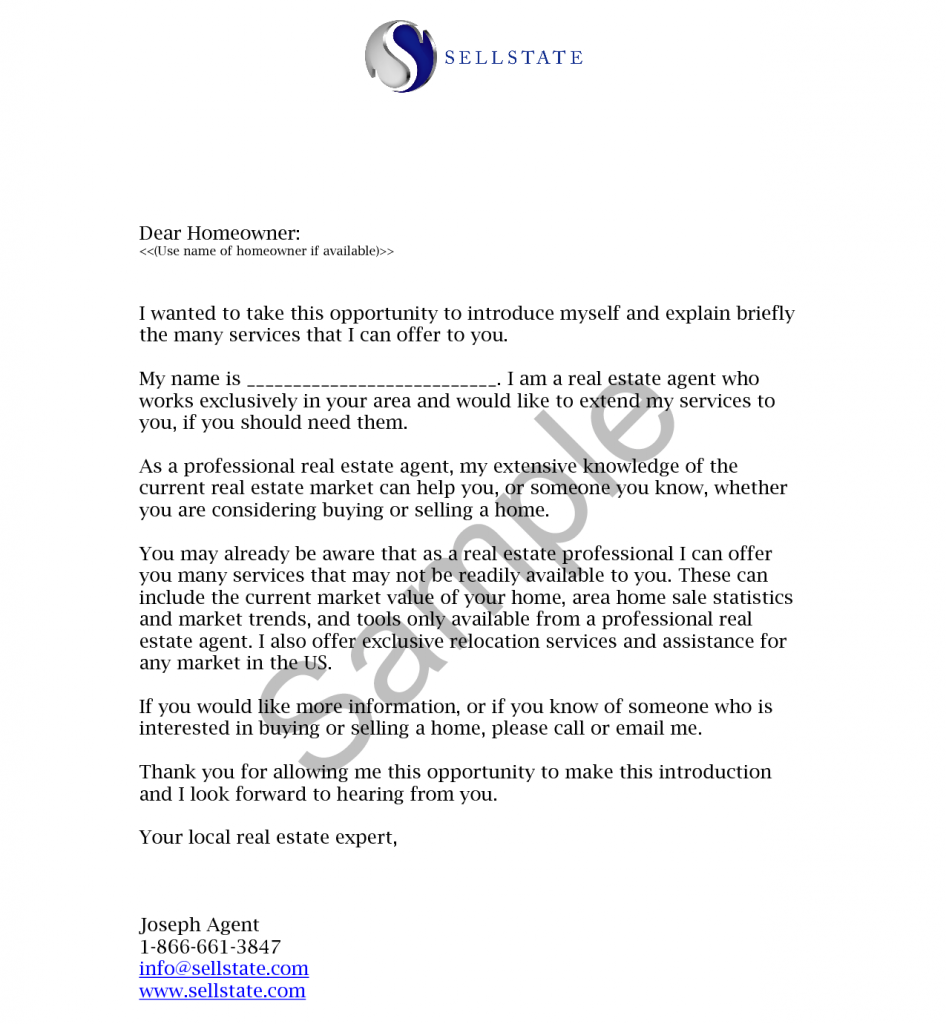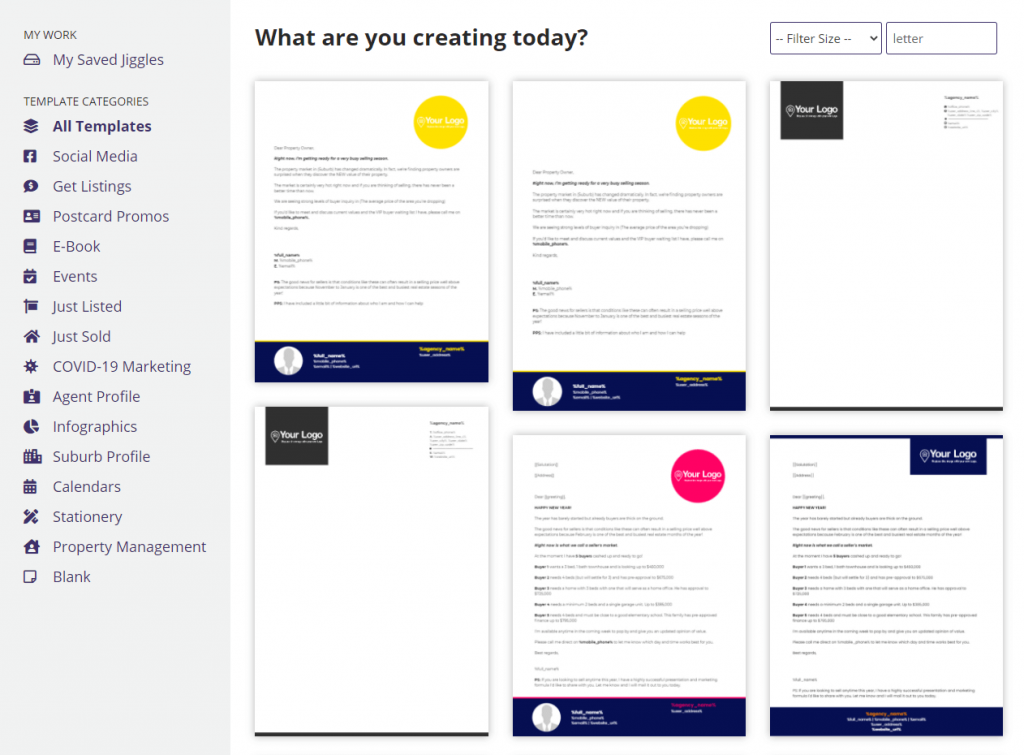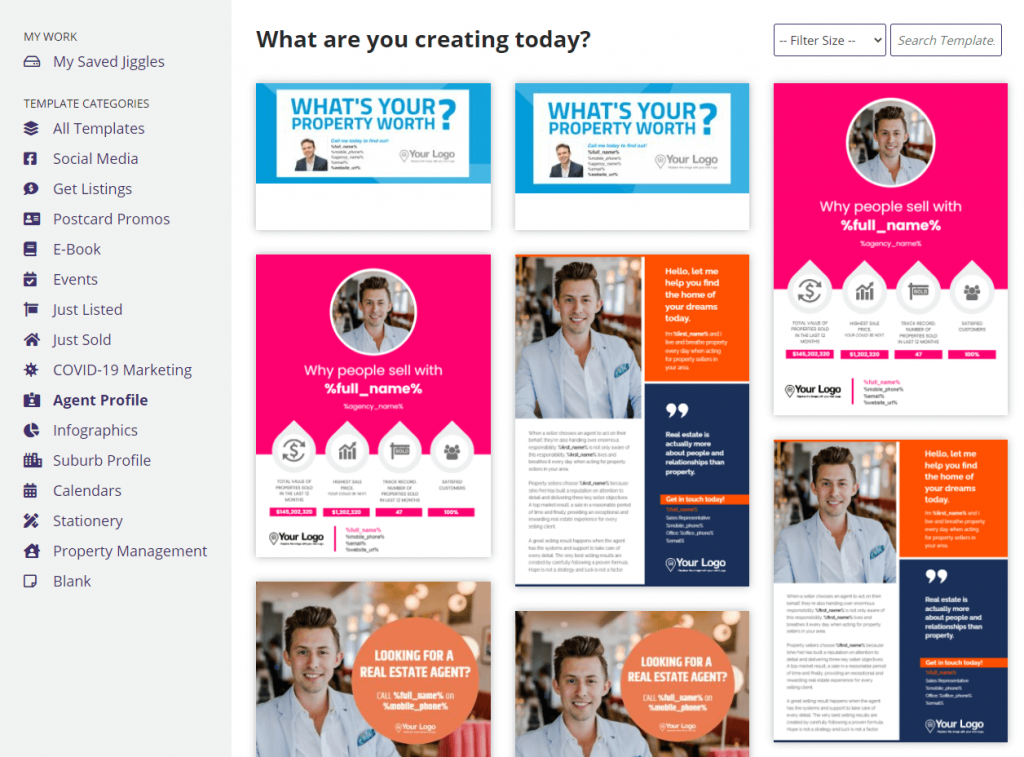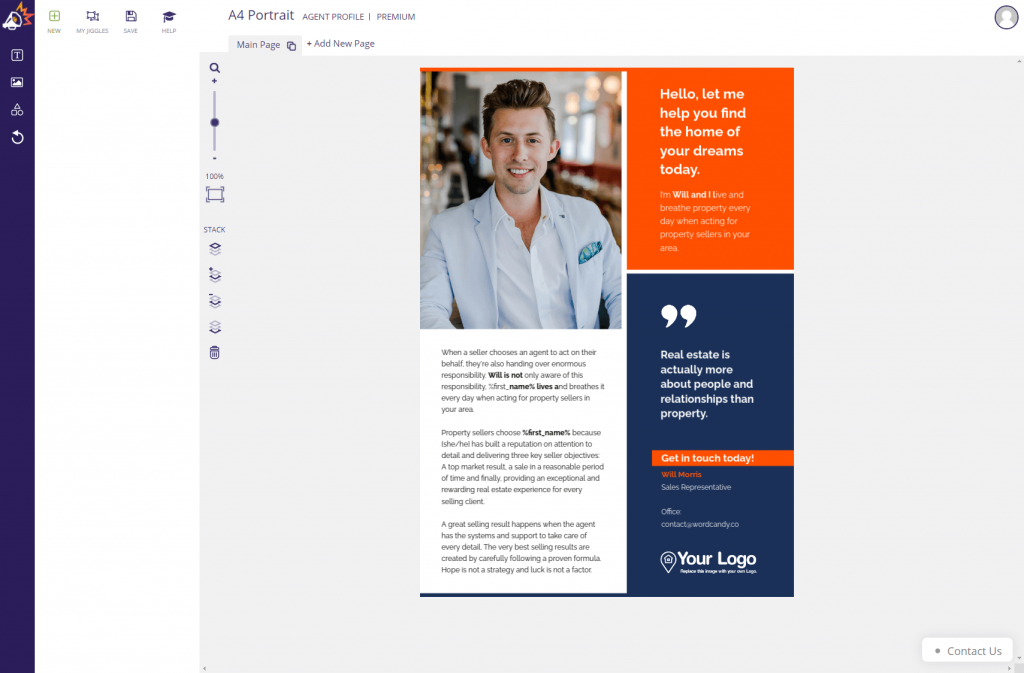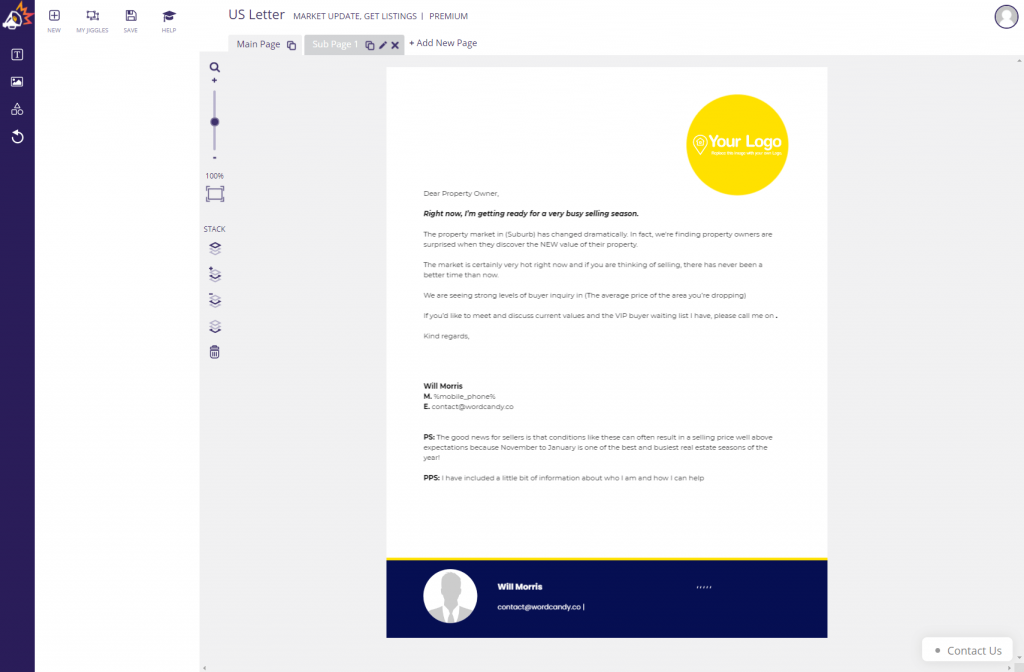Whether you’re new to the real estate business or an experienced player, you’re always looking for new clients. Real estate isn’t a field where you can rely on repeat business – its vital to keep new prospects coming in.
There are many ways to do that, but one of the most effective is to create a strong real estate company introduction letter to new clients. In this post, we’ll show you how to do just that!
Why You Need a Killer Real Estate Company Introduction Letter
The real estate market is a busy field. In the US alone, 5.34 million homes were sold in 2019, and there are over 100,000 brokerage firms in operation. Even in your local market, competition is likely fierce.
If you want a share of that business, the first hurdle is making people aware of your company. More than that, they need to know what you do and why they should choose you over your competitors. You’ll need to find a way to provide this information in a concise, fast, and accessible way.
That’s why a real estate company introduction letter to new clients can be a key part of your arsenal. This is a short, portable document that summarizes what you offer and grabs the interest of potential buyers. Best of all, it’s versatile – you can mail it to local prospects, bring it to events, and even share it online or via an email list.
How to Write a Real Estate Company Introduction Letter to New Clients (In 3 Steps)
If you don’t have an introduction letter just yet, don’t worry. This is an easy document to put together.
Step 1: Decide What Information Should Be Featured in Your Introduction Letter
Your real estate introduction letter has two very important goals. It has to let people know what you can do for them, and grab their attention.
Before getting started, it’s important to consider what kinds of details you’ll include. This involves striking a delicate balance – you want to provide the information a prospective buyer will want, but not overwhelm them with anything unnecessary.
Your needs may vary, but at a minimum we’d suggest including:
- A short letter (two or three paragraphs), outlining what you have to offer
- A few key points that illustrate why buyers should choose you – it’s best to format this in an attention-grabbing way, such as a bulleted list, infographic, or callout quotes
- Actionable details interested parties can use to get in touch (a phone number, email address, etc.)
- One or more images of your agents, to provide buyers with a visual and give the letter a human touch
- Key branding elements, such as your logo and company colors
As long as you hit all of these key areas, your introduction letter should be able to achieve its goals. We’d suggest resisting the urge to include too many details at this point.
Step 2: Choose a Template for Your Introduction Letter
Traditional real estate company introduction letters are often straightforward. Many take the form of simple text-based letters:
While this approach is fine, it doesn’t help you stand out from the crowd. It’s also not well suited to a modern buyer’s preferences – the internet has made us all more used to visual content, and less patient with ‘walls of text’.
So we’d recommend creating a more creatively-designed and visual introduction letter. You can do this from scratch, or you can significantly speed up the process by using a pre-built template.
To make getting started easy, we offer a variety of templates that can fit the bill. Plus, you can access them easily by signing up for a free trial. If you are looking for something basic, we have several letter-specific templates that might do the job:
Other relevant options can be found under the Agent Profile section:
While a lot of these are designed for introducing individual agents, they can be easily adapted to focus on your real estate company. We’d encourage you to look around and find the option that’s the best fit for you.
Step 3: Customize Your Introduction Letter
Once you know what your real estate company introduction letter to new clients will include and what template you’ll use, it’s time to get to work. The template will provide a starting point, but you’ll need to customize it with all of the details and imagery mentioned in Step 1.
As an example, let’s take a closer look at one of our Agent Profile templates:
This template can be easily tweaked to serve the goals we mentioned earlier. For instance, you might:
- Replace the image in the top-left corner with one of your headquarters or agents (or an impressive property you’ve recently sold).
- Write up a short, punchy introduction letter to go underneath that image. You’ll want to mention what your company does, where you operate, and what you have to offer – and then provide a direct invitation to get in touch.
- Call out key details and company taglines in the right-hand column – what makes your agency different?
- Include key contact details in the lower right part of the page.
- Change the colors to match your branding, and add your logo in the bottom-right corner.
In the letter itself, we’d suggest a professional yet friendly tone – and don’t be afraid to brag a little. You know you’re the best; your job is to communicate that to potential buyers.
Finally, if you do want to opt for a more traditional real estate company introduction letter, we have you covered there as well. Our Prospecting Market Letter template should do the trick:
This template keeps things simpler. However, you’ll notice that there’s still space for key contact details, along with your company colors and branding to grab people’s attention.
Conclusion
Having a website and a presence on social media is important, as is attending in-person events. However, there are some more old-school marketing methods that are still highly relevant. There are few techniques that beat the personal touch of a real estate company introduction letter to new clients.
Creating this versatile document is easy, especially with the right tools. You’ll just need to:
- Decide what information should be featured in your introduction letter.
- Choose a template for your introduction letter. You can get access to many great options by signing up for a free trial here at Jigglar.
- Customize your introduction letter.
Do you have any questions about putting together your real estate company introduction letter? Let us know in the comments section below!

